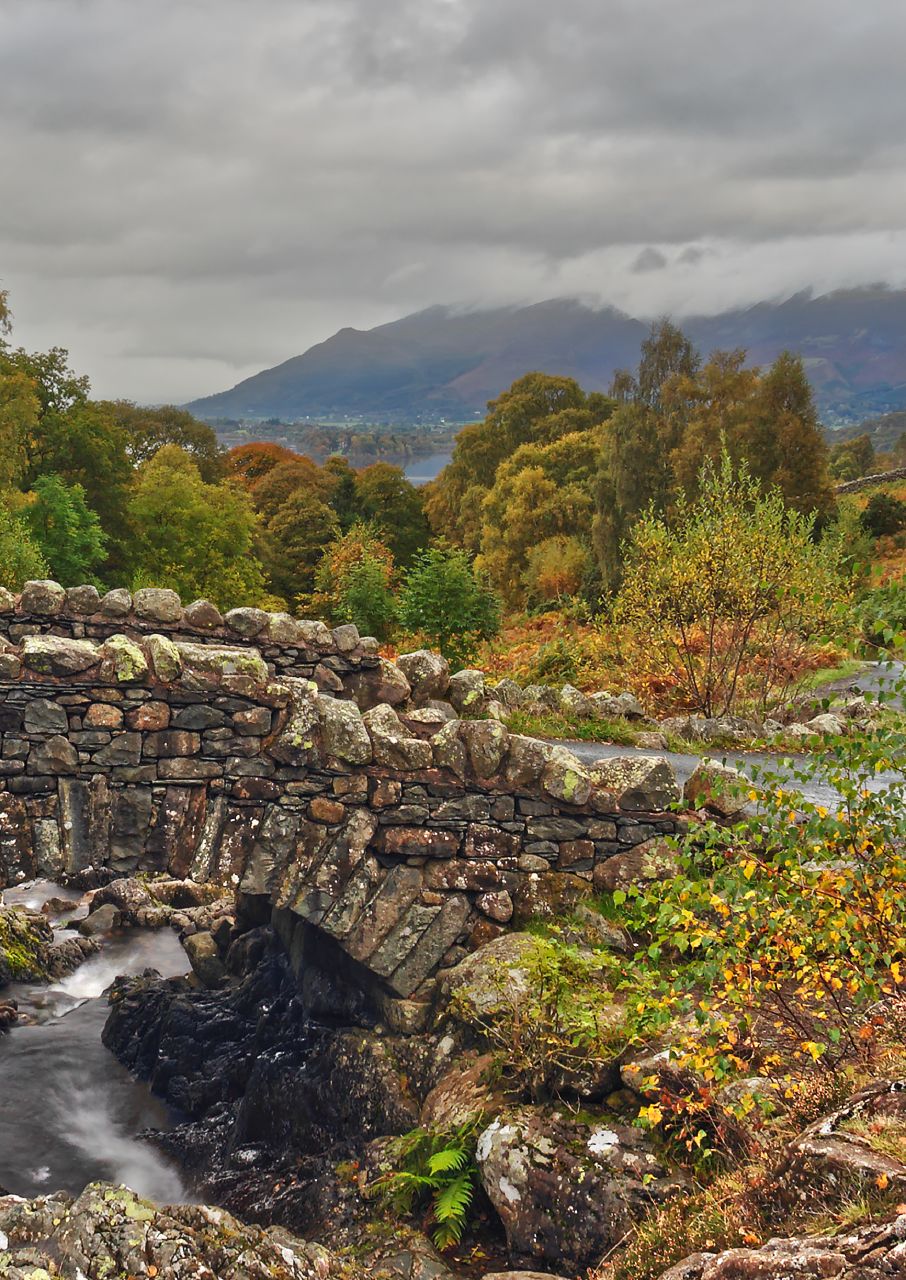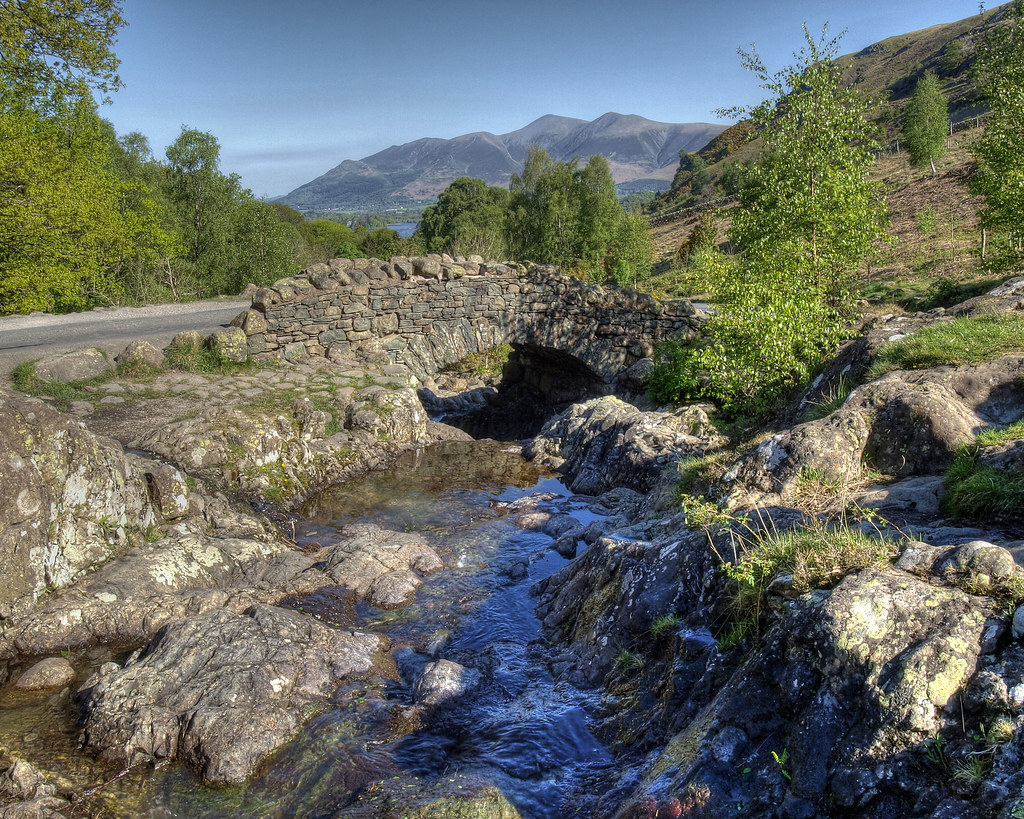Friday Fun Facts - 5/24/2013

Here are this week's Friday Fun Facts about Diana Gabaldon's books.

1) The snake that escaped during Roger's sermon in A BREATH OF SNOW AND ASHES was, from the description, most likely a scarlet kingsnake (Lampropeltis triangulum elapsoides), like the one shown above.
It was instinct, honed by innumerable lectures, that made him aware that something was amiss. There was some slight disturbance in the far corner, where several half-grown lads had congregated. A couple of the numerous McAfee boys, and Jacky Lachlan, widely known as a limb of Satan.According to this site, the scarlet kingsnake is fairly small -- the adults range from 14 to 20 inches in length -- and not venomous.
No more than a nudge, the glint of an eye, some sense of subterranean excitement. But he sensed it, and kept glancing back at that corner with a narrowed eye, in hopes of keeping them subdued. And so happened to be looking when the serpent slithered out between Mrs. Crombie’s shoes. It was a largish king snake, brightly striped with red, yellow, and black, and it seemed fairly calm, all things considered.
(From A BREATH OF SNOW AND ASHES by Diana Gabaldon, chapter 58, "Love One Another". Copyright© 2005 by Diana Gabaldon. All rights reserved.)

2) This illustration shows what a baby with achondroplasia looks like. That's the same form of dwarfism that Henri-Christian has.
“He looks funny,” [Germain] said, and frowned a little. “What’s wrong with him?”
Fergus had been standing stock-still, as had we all. At this, he looked down at Germain, then glanced back at the baby, then again to his firstborn son.
“Il est un nain,” he said, almost casually. He squeezed Germain’s shoulder, hard enough to elicit a yelp of startlement from the boy, then turned suddenly on his heel and went out. I heard the opening of the front door, and a cold draft swept down the hall and through the room.
(From A BREATH OF SNOW AND ASHES by Diana Gabaldon, chapter 35, "Laminaria". Copyright© 2005 by Diana Gabaldon. All rights reserved.)
I like this photo gallery, showing a family living with achondroplasia.
Where did Diana get the idea of having a character born with dwarfism? She explained it this way, in a post on Compuserve in 2008:
I'd had it vaguely in mind that we might have a child with dwarfism sometime, for quite awhile. Several years back, I did an interview with a CBC interviewer named Anne Dawson, who told me--when we were just talking, after the interview--that one thing she particularly liked about my books was that I _did_ have characters with handicaps (it was Iain Findlay she was talking about), and that this struck a personal chord with her, because her daughter had dwarfism, and she so much appreciated the attitude that people with "defects" were real people, too.It's become much more common to see "little people" on television these days (the Roloffs from Little People, Big World on TLC, and Peter Dinklage, who plays Tyrion in HBO's Game of Thrones, being probably the best-known examples), but it's rare to encounter them in person. I had a friend in college who had this same type of dwarfism, but she's the only one I've ever met.
Anyway, it just occurred to me to wonder--knowing Fergus's insecurities as I do--what it would do to him if the new baby was different.
For more information about achondroplasia, look here.


3) These photos show Ashness Bridge, in the Lake District of England. (Photo credits: Maoli and knobby1000, on Flickr. Click on the photos to enlarge them.) Notice the mountains in the distance, just as they're described in VOYAGER:
It was late afternoon when they crossed the arch of Ashness Bridge and started down the slope toward Watendlath Tarn. The Lake District of England was nothing like Scotland, Grey reflected, but at least there were mountains here. Round-flanked, fat and dreamy mountains, not sternly forbidding like the Highland crags, but mountains nonetheless.I've never been to the Lake District. Have any of you visited the area around Ashness, where Helwater is supposed to be located? It does look like a beautiful place.
(From VOYAGER by Diana Gabaldon, chapter 14, "Geneva". Copyright© 1994 by Diana Gabaldon. All rights reserved.)


4) Here are a couple of examples of condoms made from animal gut, secured with bits of colorful silk ribbon. The photo at the top shows a condom from Sweden, circa 1640. he bottom photo shows a late-18th-century specimen from England. I think these are similar to the ones Lord John saw in the apothecary's shop in PRIVATE MATTER:
“Those can be supplied with ribbons in regimental colors, sir,” Scanlon called, seeing him pause before a jaunty assortment of Condoms Design’d for Gentlemen, each sample displayed on a glass mold, the ribbons that secured the neck of each device coiled delicately around the foot of its mold. “Sheep’s gut or goat, per your preference, sir--scented, three farthings extra. That would be gratis to you gentlemen, of course,” he added urbanely, bowing as he tilted the neck of the bottle over Stubbs’s cup again.Here's an article about the use of condoms in the 18th century. Note that these condoms were intended to be used more than once (!) No wonder they weren't very effective. <g>
"Thank you," Grey said politely. "Perhaps later."
(From LORD JOHN AND THE PRIVATE MATTER by Diana Gabaldon, chapter 17, "Nemesis". Copyright© 2003 by Diana Gabaldon. All rights reserved.)

5) The term "mast" refers to the fruit of forest trees, like acorns and other nuts. According to Wikipedia,
The term "mast" comes from the Old English word "mæst", meaning the nuts of forest trees that have accumulated on the ground, especially those used as food for fattening domestic pigs.

The piglets shown above are rooting in chestnut mast, just like they did on Fraser's Ridge. (Click on the photo for a bigger view.)
Within the month, it would be time to drive in the pigs that had been turned out to live wild in the forest, fattening themselves on the chestnut mast that lay thick on the ground. Some would have fallen prey to wild animals or accident, but there would likely be fifty or sixty left to slaughter or sell.According to this site,
(From THE FIERY CROSS by Diana Gabaldon, chapter 86, "There's a Hole at the Bottom of the Sea". Copyright© 2001 by Diana Gabaldon. All rights reserved.)
One of the dominant trees of the Eastern woodlands was the American Chestnut (Castanea dentata), which made up as many as one fourth of all trees in some regions of the Eastern United States. Whole industries revolved around the magnificent trees, which produced excellent timber in addition to delicious nuts. The trees were such prolific nut producers that after nuts had been gathered and shipped out for human consumption in towns and cities up and down the Eastern seaboard, there was usually plenty left over for the pigs, and chestnut-fed pork was considered to be the sweetest and best pork by early American colonists.Unfortunately, those American chestnut trees were almost entirely wiped out by disease in the first half of the 20th century.
I hope you enjoyed these Friday Fun Facts! Look here to see all of my Friday Fun Facts blog posts, and please come back next week for more.








Comments